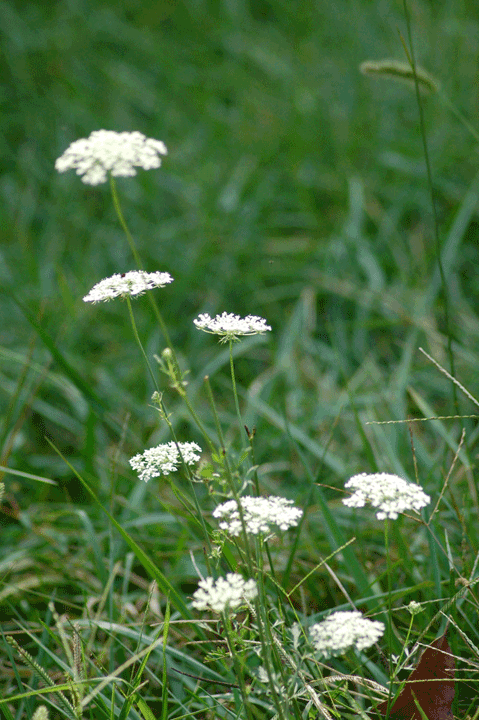SHASTA COUNTY CALIFORNIA

| Biographies ~ Beatie, Blanch (1889 ~ 1974) | ||

|
Blanch Beatie, born December 11, 1889, was the fourth child, second girl, born to John and Alice Ellen Hawes Beatie. Her grandparents, William Henry and Rebecca Foster Hawes and Daniel and Aurora Pricilla Beatie had adjoining ranches Fort Reading. When they were married, John and Alice built their house on the borderline so each could claim an eighty-acre homestead, adjoining the older Beatie's ranch. After the claims were secure they moved to live with his parents. With seven brothers there was lots of farm labor, but john owned threshing machines and as each boy became old enough, he became part of the crew which went out to surrounding farms to harvest the fields. This left the girls to do the boys' chores as well as their own. They became competent, self-sufficent women. As Blanche was starting to make her way in the world, John's health became so bad that Alice Ellen decided the only way to make him retire from the constant work and worry of the ranch was to move away, so she sold all the livestock and moved the family to Stockton. The oldest boy came back and eventually bought the ranch. Meanwhile Blanche followed her sister, Hefen to Normal School to become a teacher; she started with what was probably the most difficult job any of the children had, teaching the small school near home with her brothers and sisters in her classroom. Then, she taught Sattley School. The social life was great but she didn't enjoy teaching. Blanche tried other jobs and worked for many years in her brother Dan's business office. She became a Christian Scientist and in later life became a Practitioner. When she retired she bought a small house her mother had built between Emma and Florence's houses on Diablo Avenue. Later Blanche moved to the apartment building where her sister Helen was living. Though Blanche had no family of her own, she was surrounded by sisters, brothers, nieces, and nephews. She spent her last years visiting with the other family members, often the brother who lived at Fort Reading. Blanche died May 26, 1974 Source: Shasta Historical Society
|
|